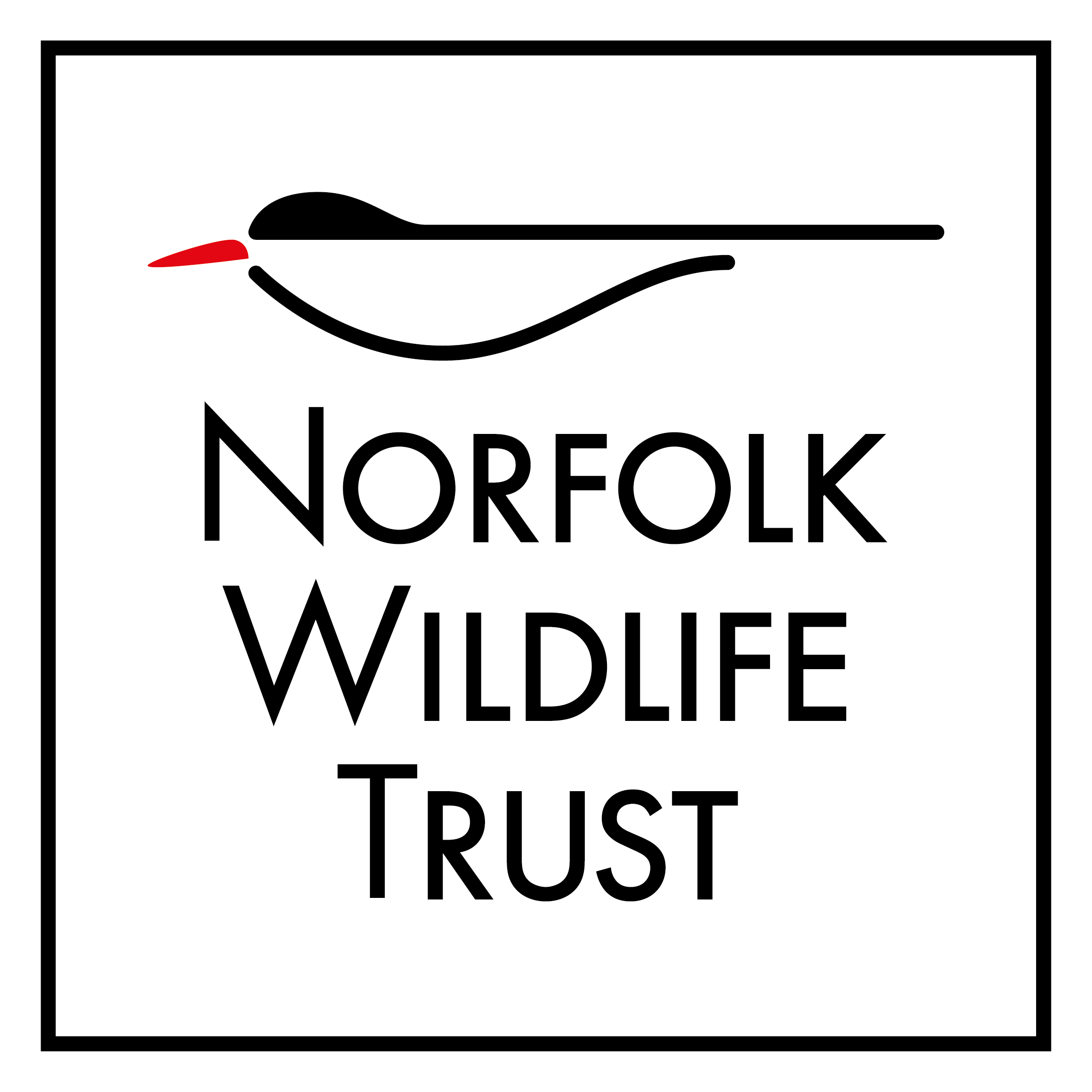Search
Search
Water vole
The water vole is under serious threat from habitat loss and predation by the American mink. Found along our waterways, it is similar-looking to the brown rat, but with a blunt nose, small ears…
Bank vole
The chestnut-brown bank vole is our smallest vole and can be found in hedgerows, woodlands, parks and gardens. It is ideal prey for owls, weasels and kestrels.
Field vole
With a population of 75 million, the field vole is one of the UK's most common mammals. Hidden among the vegetation of grassland, heathland and moorland, it is not as easily spotted as the…
My secret garden
Rowan loves the fresh smell and sight of the buttercups in the wildflower meadows at Besthorpe. It's a special place because there are precious few spots like this where she can spend time…
Sign up for nature news
Tipping the Balance
Nick Acheson explores how our Tipping the Balance project will aim to restore water quality across the Bure and Ant Valleys.
Water spider
There are several species of spider that live in our wetlands, but the water spider is the only one that spends its life under the water. In its pond habitats, it looks silvery because of the air…
Water scorpion
The water scorpion is not a true scorpion, but it certainly looks like one! An underwater predator, it uses its front pincer-like legs to catch its prey. Its tail actually acts as a kind of '…
Water shrew
The large, dark grey water shrew lives mostly in wetland habitats. It's a good swimmer that hunts for aquatic insects and burrows into the banks.
Water figwort
Water figwort is a tall plant of riverbanks, pond margins, damp meadows and wet woodlands. Its maroon flowers are pollinated by the Common wasp.
Water dock
As its name suggests, Water dock likes damp places, such as the egdes of canals, ponds and rivers. It is a tall plant with large, greenish flower spikes.
